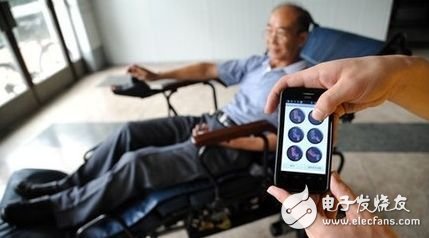Application of Intelligent Wheelchair-Talking about the Main Application Technology of Internet of Things in Intelligent Medical Field
The task of intelligent wheelchair is to deliver users to their destinations safely and conveniently, and to complete the established tasks. In the process of motion, wheelchair not only needs to accept user's instructions, but also needs to start its own obstacle avoidance, navigation and other functional modules combined with environmental information. Unlike mobile robots, wheelchair and user become a cooperative system in the process of use.

Discussion on the Main Application Technology of Internet of Things in Intelligent Medical Field
In the process of motion, wheelchair not only needs to accept user's instructions, but also needs to start its own obstacle avoidance, navigation and other functional modules combined with environmental information. Unlike mobile robots, wheelchair and user become a cooperative system in the process of use.
This requires that the human factor should be taken into account at the beginning of the design, so safety, comfort and easy operation should be the most important factors in the design of intelligent wheelchair; the difference of users'physical ability determines that the intelligent wheelchair should be designed as an electronic system with multiple functions, which can meet the needs of various levels, and modularization can best embody the characteristics of multi-function of the system. Each user can choose the appropriate module integration according to their disability type and degree, and the designer can easily improve the wheelchair function by adding functional modules on the existing basis.
The total function of intelligent wheelchair can be divided into the following sub-functions: environment perception and navigation function, control function, driving function and human-computer interaction function. Through the functional analysis and module division of the intelligent wheelchair, combined with the specific research content and expected control objectives, the system mainly consists of three parts: sensor module, driver control module and human-computer interaction module.
The sensor module mainly consists of two parts: internal state perception and external environment perception. The wheelchair position and attitude information is determined by attitude sensor; the self-localization information is obtained by the displacement speed and distance of encoder; and the distance information of surrounding environment and obstacles is continuously obtained by vision, ultrasound and proximity switch.
In the drive control module, we adopt the rear wheel drive mode. Each rear wheel is equipped with a motor, which realizes the forward, backward and steering of the electric wheelchair under the operation of the controller. Human-computer interaction interface (HMI) is composed of two modes: manipulator bar and personal computer interface data input, which realize basic human-computer interaction function.
From the network